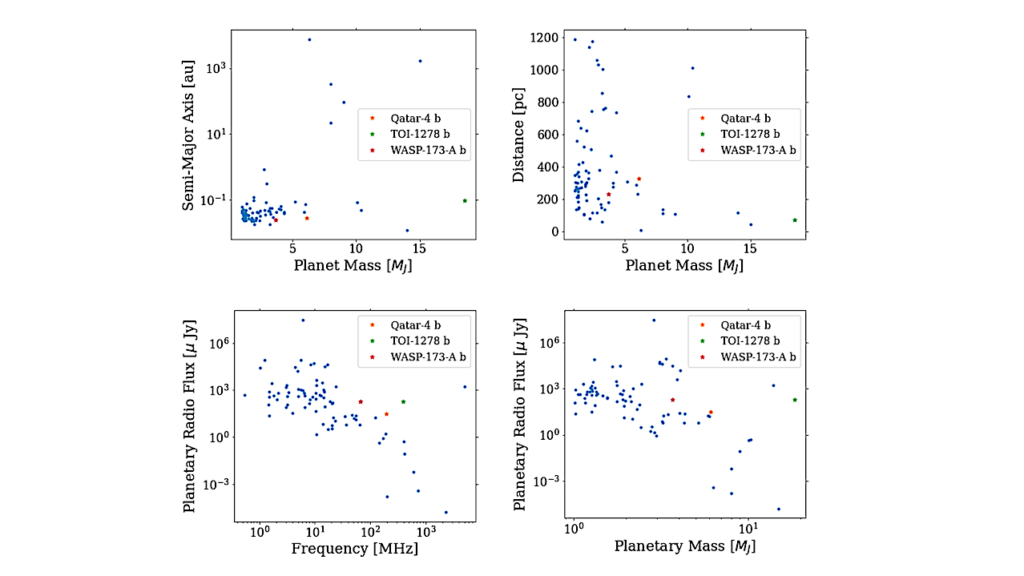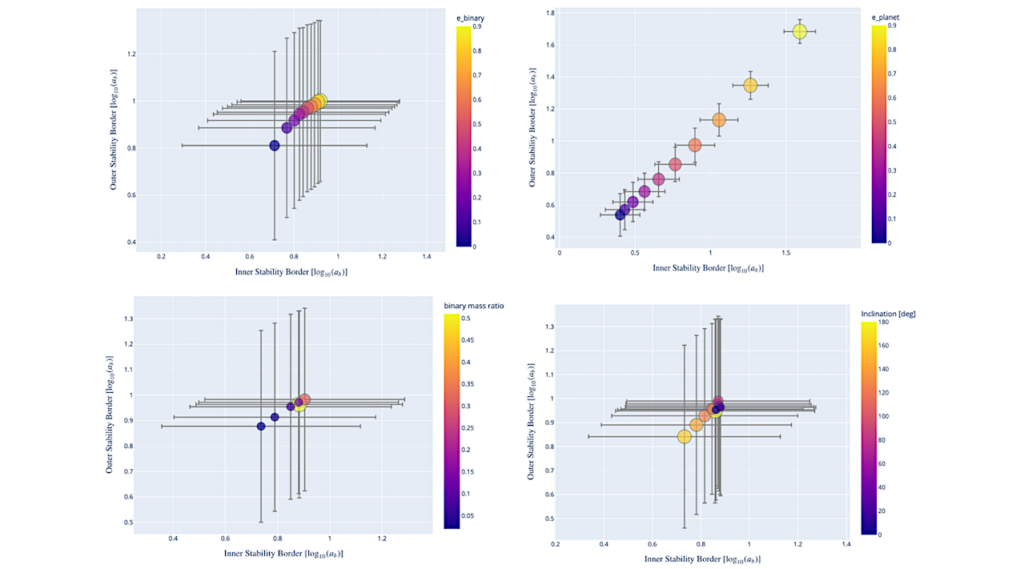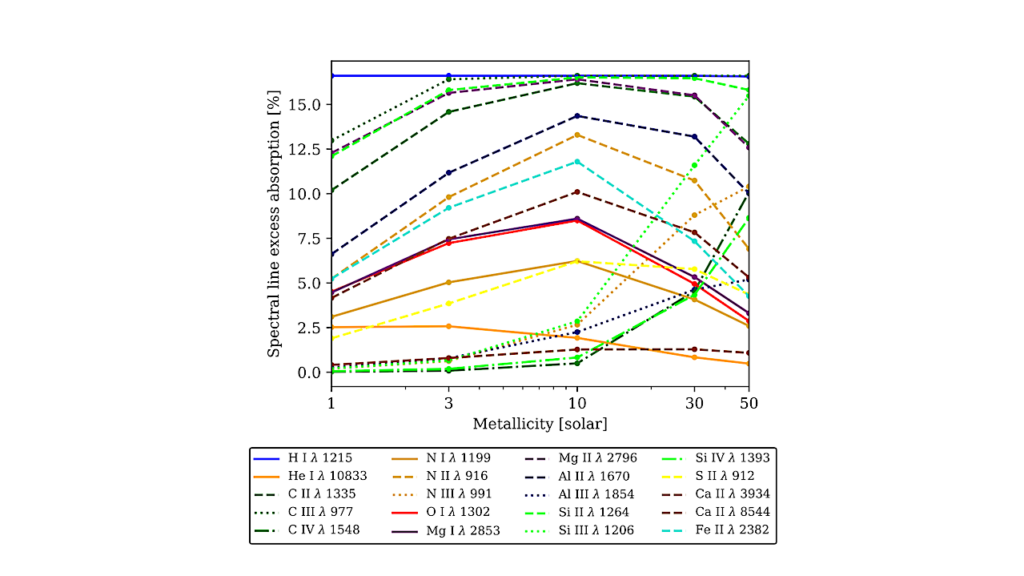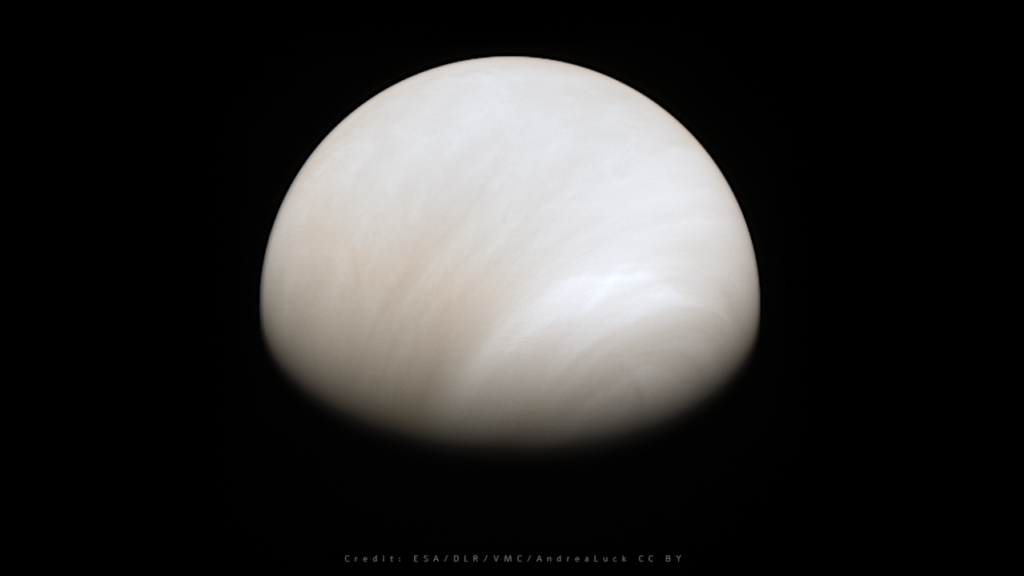Imaging Venus’ Surface at Night in the Near-IR From Above Its Clouds

There are a handful of spectral windows in the near-IR through which we can see down to Venus’ surface on the night side of the planet.
The surface of our sister planet has thus been imaged by sensors on Venus-orbiting platforms (Venus Express, Akatsuki) and during fly-by with missions to other planets (Galileo, Cassini). The most tantalizing finding, so far, is the hint of possible active volcanism.
However, the thermal radiation emitted by the searing (c. 475 degrees C) surface of Venus has to get through the opaque clouds between 50 and 70 km altitude, as well as the sub-cloud atmosphere. In the clouds, the light is not absorbed but scattered, many times.
This results in blurring the surface imagery to the point where the smallest discernible feature is roughly 100 km in size, full-width half-max (FWHM), and this has been explained using numerical models. We describe a new analytical modeling framework for predicting the width of the atmospheric point-spread function (APSF), which is what determines the effective resolution of surface imaging from space.
Our best estimates of the APSF width for the 1-to-1.2 micron spectral range are clustered around 130 km FWHM. Interestingly, this is somewhat larger than the accepted value of about 100 km, which is based on visual image inspection and numerical simulations.
Imaging Venus’ Surface at Night in the Near-IR From Above Its Clouds: New Analytical Theory for the Effective Spatial Resolution
Anthony B. Davis, Kevin H. Baines, Brian M. Sutin, Leonard I. Dorsky
Comments: 6 pages, 2 figures, 1 table
Subjects: Earth and Planetary Astrophysics (astro-ph.EP)
Cite as: arXiv:2211.07848 [astro-ph.EP] (or arXiv:2211.07848v1 [astro-ph.EP] for this version)
https://doi.org/10.48550/arXiv.2211.07848
Focus to learn more
Submission history
From: Anthony Davis
[v1] Tue, 15 Nov 2022 02:24:48 UTC (481 KB)
https://arxiv.org/abs/2211.07848
Astrobiology








